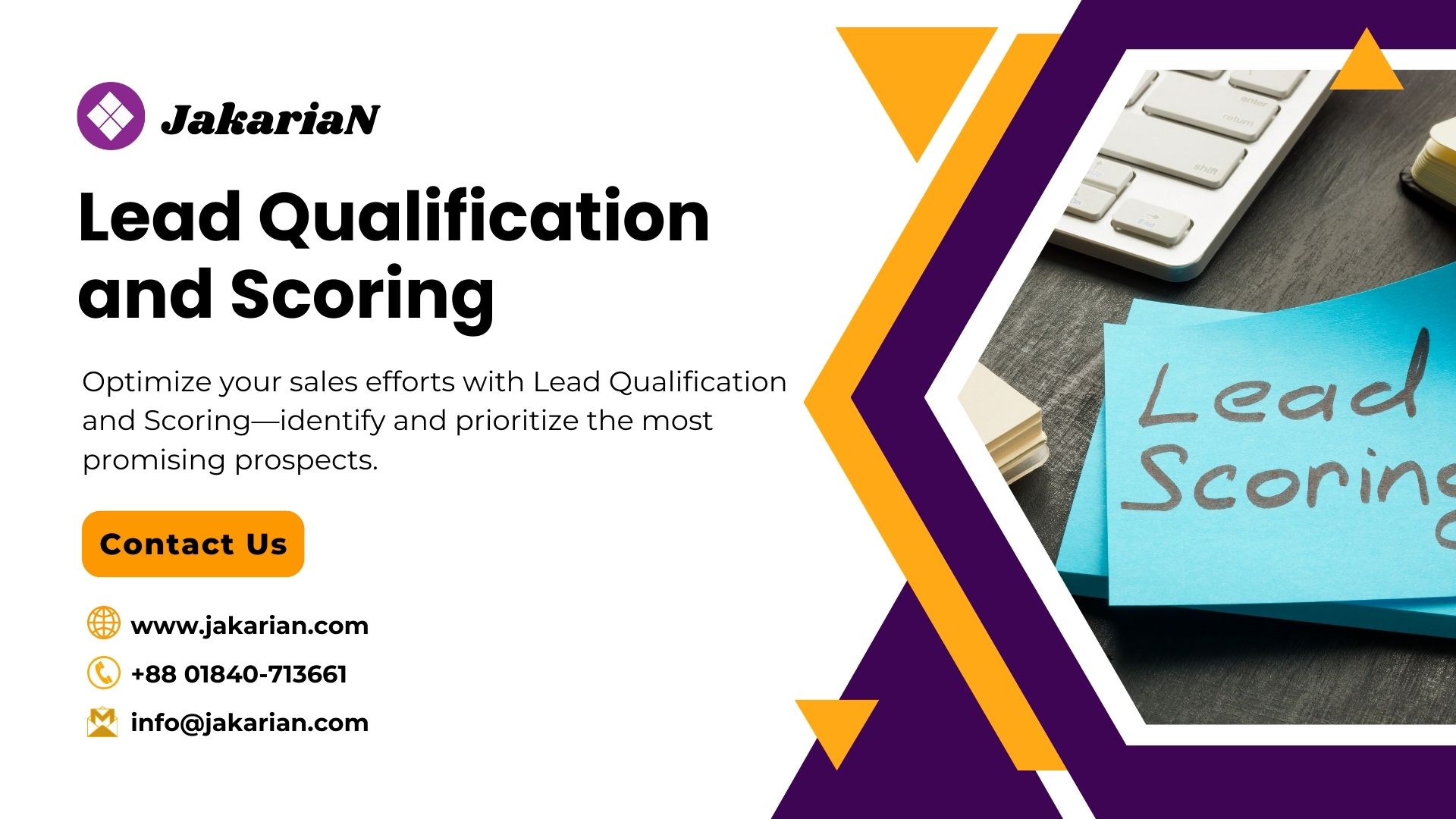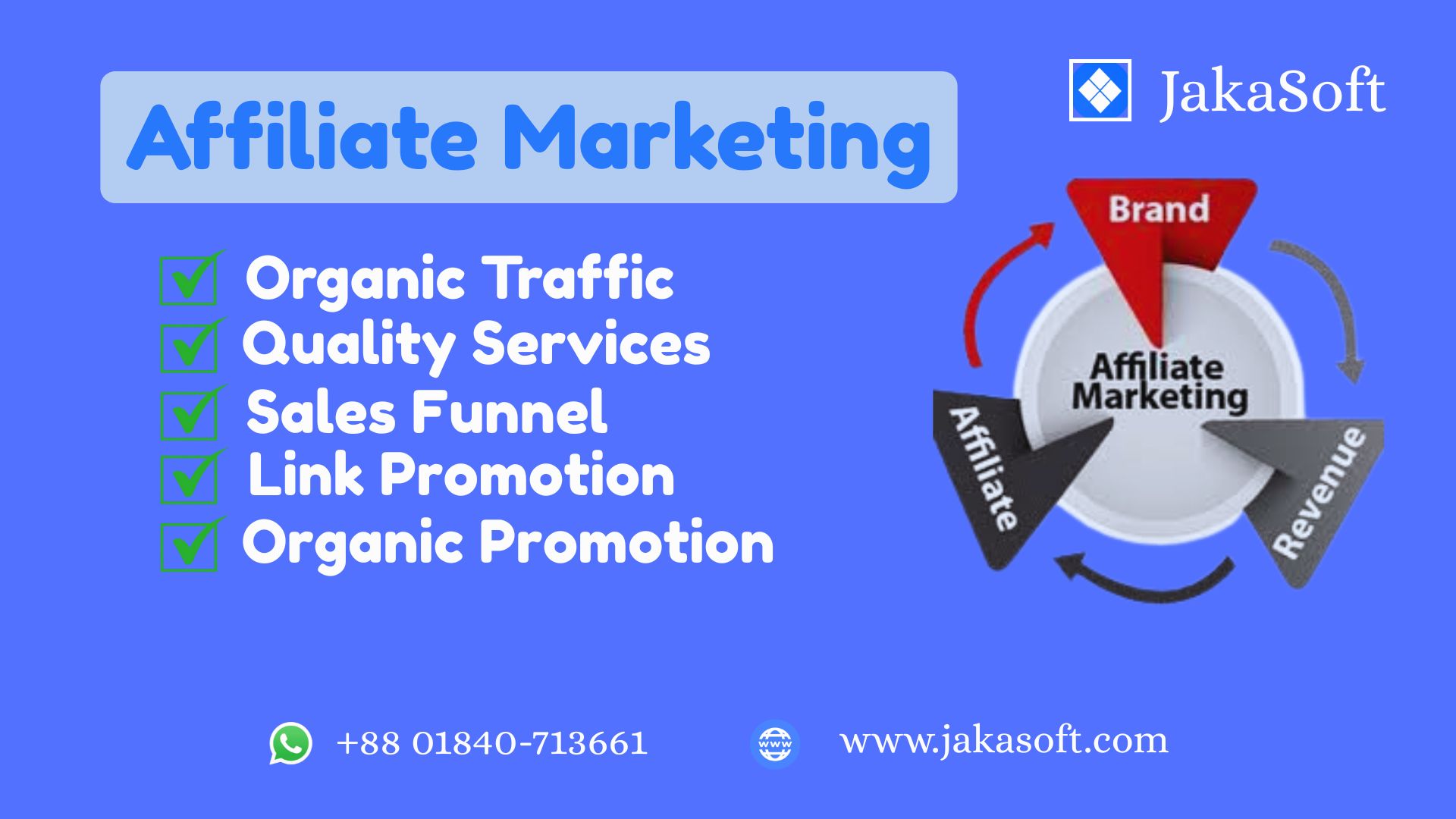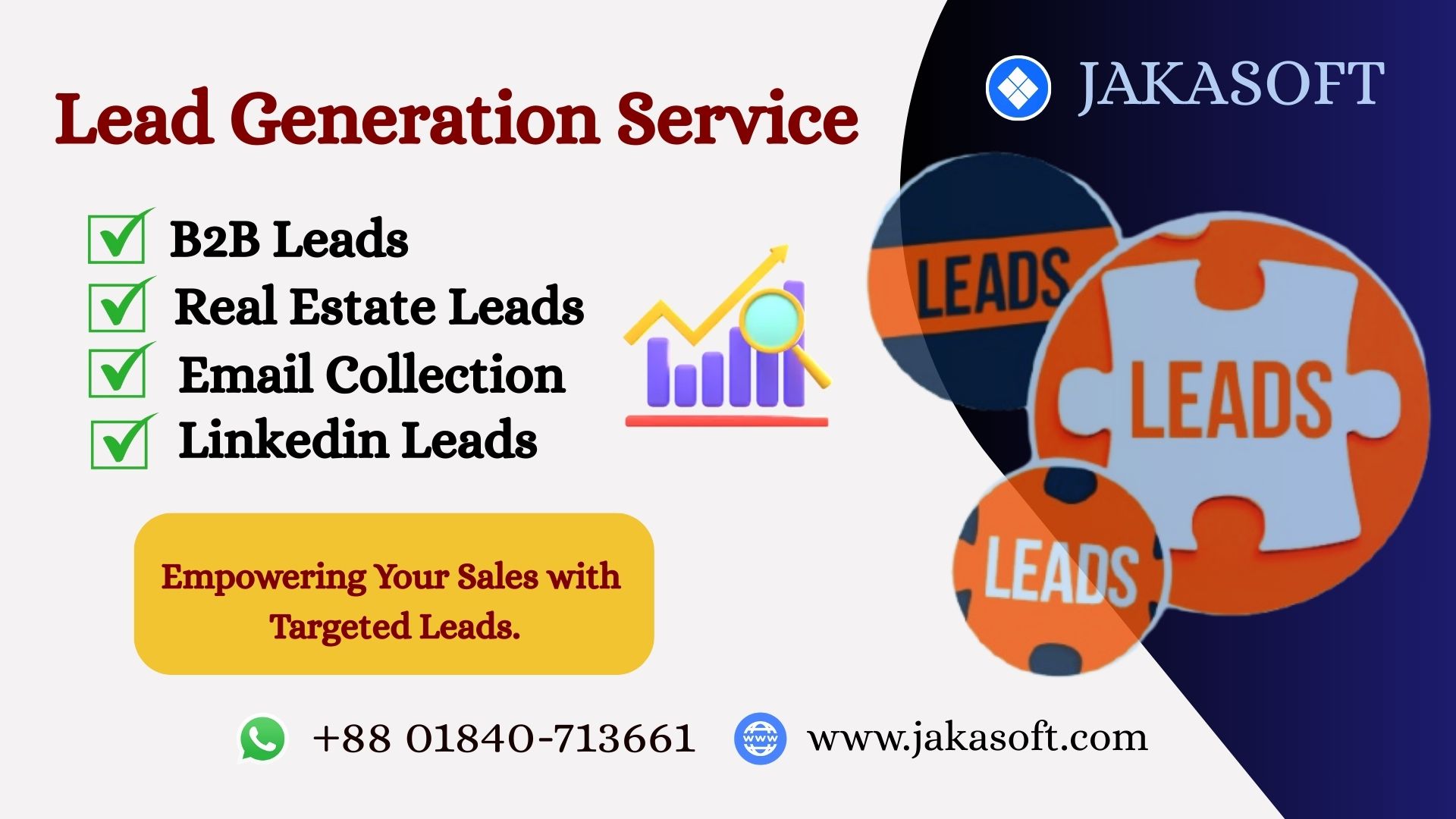Lead Qualification and Scoring

Lead Qualification and Scoring is a process designed to evaluate and prioritize leads based on their likelihood to convert into customers. This service helps businesses focus their sales and marketing efforts on the most promising leads, improving efficiency and increasing the chances of successful conversions. The process involves assessing leads based on specific criteria and assigning scores to determine their readiness for engagement and potential value. Key components of Lead Qualification and Scoring include:
1. Lead Qualification:
- Definition of Criteria: Establishing criteria to assess lead quality and fit. This typically includes demographic information (such as job title, company size, and industry), behavioral data (such as engagement with marketing materials), and contextual factors (such as timing and need).
- Qualification Framework: Implementing a framework to categorize leads into stages or tiers based on their qualification status. Common frameworks include BANT (Budget, Authority, Need, Timing) and CHAMP (Challenges, Authority, Money, Prioritization).
- Initial Screening: Conducting an initial assessment of leads to determine if they meet the basic criteria for qualification. This may involve automated tools or manual review to filter out leads that do not align with the business’s target profile.
2. Lead Scoring:
- Scoring Model: Developing a scoring model to assign numerical values to leads based on various attributes and behaviors. This model may include factors such as demographic information, engagement level, lead source, and purchase intent.
- Weighted Criteria: Assigning weights to different criteria based on their importance and relevance to the lead’s potential value. This helps in accurately reflecting the lead’s likelihood to convert and prioritize high-value leads.
- Automated Scoring: Utilizing automated tools and CRM systems to calculate and update lead scores in real-time based on lead interactions and changes in data.
3. Behavioral and Engagement Analysis:
- Engagement Tracking: Monitoring lead interactions with marketing materials, such as email opens, click-through rates, website visits, and social media engagement. High levels of engagement often indicate a higher likelihood of conversion.
- Behavioral Indicators: Analyzing behavioral indicators, such as content downloads, event attendance, and inquiry types, to gauge lead interest and readiness.
4. Customization and Personalization:
- Custom Scoring Models: Creating customized scoring models tailored to specific industries, business goals, and target audiences. This ensures that the scoring system aligns with the unique characteristics and needs of the business.
- Personalized Qualification: Tailoring the qualification process to individual lead characteristics and interactions. This includes adapting the approach based on lead behavior and preferences.
5. Data Integration and Management:
- CRM Integration: Integrating lead qualification and scoring processes with CRM systems to ensure seamless data flow and accurate lead tracking. This includes syncing lead information, scores, and qualification status.
- Data Management: Maintaining high data quality by regularly updating and cleansing lead information. Accurate data ensures reliable qualification and scoring results.
6. Reporting and Analytics:
- Performance Analysis: Generating reports on lead qualification and scoring performance, including insights into lead conversion rates, scoring accuracy, and the effectiveness of qualification criteria.
- Dashboard Creation: Creating dashboards to visualize lead scores, qualification stages, and conversion metrics, providing a clear overview of lead management and performance.
7. Continuous Improvement:
- Feedback and Refinement: Gathering feedback from sales teams and analyzing conversion outcomes to refine qualification criteria and scoring models. This helps in continuously improving the accuracy and effectiveness of lead qualification.
- Best Practices: Staying updated with industry best practices and emerging trends in lead qualification and scoring to enhance strategies and achieve better results.
8. Alignment with Sales and Marketing:
- Collaboration: Ensuring alignment between sales and marketing teams to create a cohesive approach to lead qualification and scoring. This includes sharing insights, defining common goals, and coordinating efforts to optimize lead management.
- Lead Handoff: Implementing effective lead handoff processes to transition qualified leads from marketing to sales, ensuring a smooth follow-up and engagement process.
Lead Qualification and Scoring helps businesses efficiently manage their leads by prioritizing those with the highest potential for conversion. By implementing a structured qualification process and utilizing scoring models, organizations can focus their resources on high-value leads, enhance sales productivity, and improve overall conversion rates.
Compare Our Packages
| No | Package | Basic | Standard | Premium |
|---|---|---|---|---|
| 01 | Description | |||
| 02 | Title optimization | |||
| 03 | ||||
| 04 | ||||
| 05 | ||||
| 06 | ||||
| 05 | ||||
| 06 | ||||
| 07 | ||||
| 08 | ||||
| 09 | ||||
| 10 | ||||
| 11 | ||||
| 12 | ||||
| 13 | ||||
| 14 | ||||
| 15 | ||||
| 16 | ||||
| 17 | ||||
| 18 | ||||
| 19 | ||||
| 20 |





